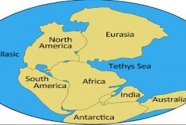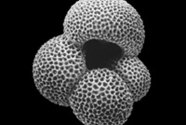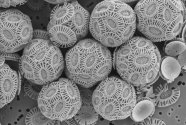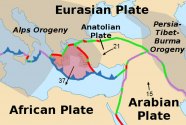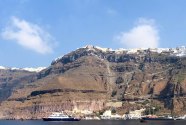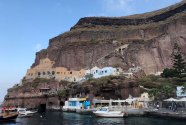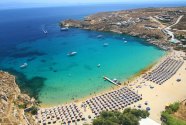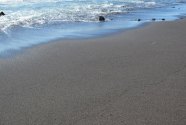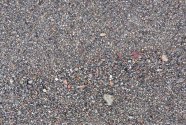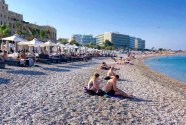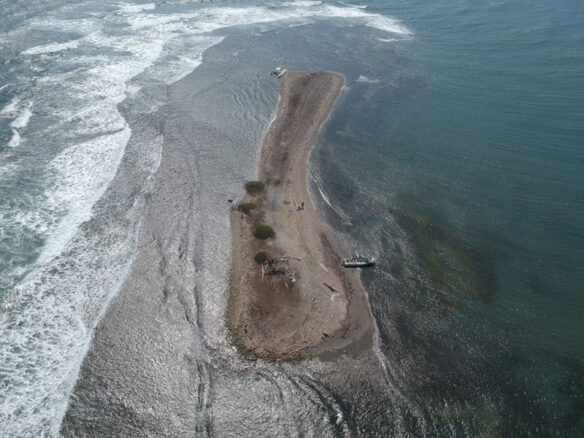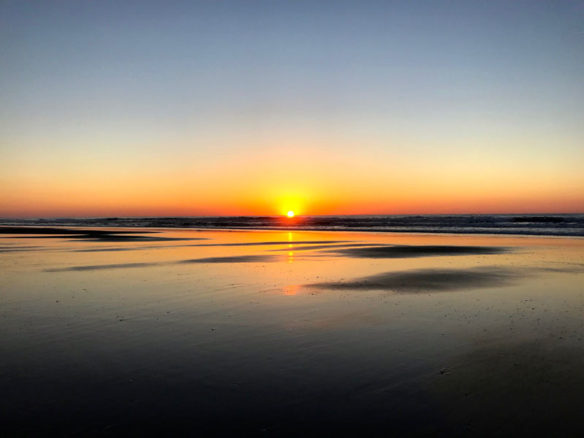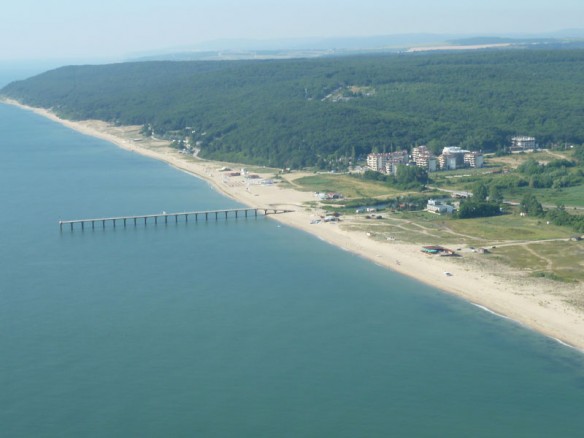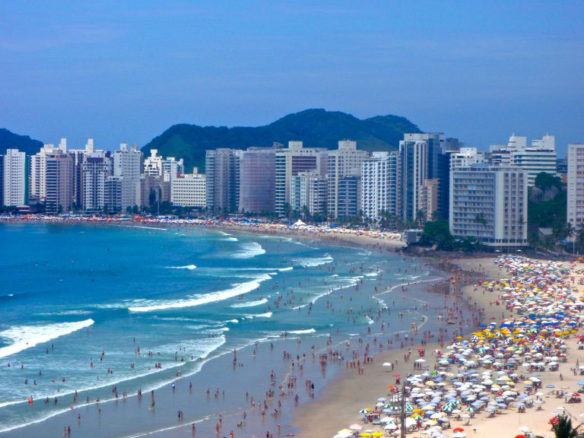
Gary Griggs is Distinguished Professor of Earth and Planetary Sciences and Director Institute of Marine Sciences, University of California, Santa Cruz, California
The Eastern Mediterranean, including dozens of Greek islands, have a complex geologic history. This area has been the site of both a primitive ocean that existed 250 million years ago that preceded the present day Mediterranean Sea, and also an area where several very large tectonic plates have been converging for eons.
The predecessor of today’s Mediterranean was known as the Tethys Sea and extended from the present day Mediterranean east to the early Pacific Ocean when there were no land masses in the way- no Middle East, no India, and no Southeast Asia. The Tethys was in a subtropical latitude and biological productivity was very high in the warm surface waters. Microscopic plankton flourished for millions of years, particularly those that formed calcium carbonate (CaCO3) skeletons such as planktonic foraminifera and coccolithophores. These shells accumulated to great thicknesses on the floor of this ancient ocean as a calcium carbonate or lime mud. Over time, with the increased pressure of the overlying sediment, this lime mud was compacted and consolidated; the water was squeezed out and it became limestone.
“The Eastern Mediterranean, including dozens of Greek islands, have a complex geologic history… “
— Gary Griggs
A collision occurred perhaps 50 million years ago as the African Plate pushed northward and began to collide with the Eurasian Plate. This collision is responsible for pushing up the Alps, for example, which consist of the limestone that originally formed beneath the ancient Tethys Sea. This is the also the rock that many of the Greek Islands today consist of.
The thinner and denser plate beneath the southern portion of the Tethys Sea also began to be subducted or forced down beneath the Eurasian Plate. As the limestones were forced deeper into the crust, temperatures and pressures increased, and the limestone was recrystallized or converted to marble, which is still calcium carbonate. Limestone and marble occur throughout the Greek Islands, mainland Greece, and also through the Alps. The marble, the Carrara marble in the Italian Alps, for example, is the stuff Michelangelo carved. In Greece it is also the marble that the Parthenon and the other classical Greek temples and statues were built from. And it all started millions of years earlier as microscopic planktonic organisms that accumulated and were preserved on the Tethys seafloor.
There were also other processes going on during this tectonic collision. As the African Plate was subducted or forced down beneath the Eurasian Plate, the rocks and sediments that were carried down got hotter as they got deeper into the crust. These rocks begin to melt and the fluids that formed, being hot and under pressure, begin to rise in the crust, and ultimately were extruded out at the Earth’s surface as volcanoes. This is the same process that forms the volcanoes that virtually surround the Pacific Basin. In the Eastern Mediterranean the best known of these volcanoes today are Etna, Stromboli and Vesuvius in Italy, and the Greek islands of Aegina, Methana, Milos and Santorini or Thera, which lies north of Crete.
Volcanism first appeared on Santorini about 1.5 million years ago, and continued intermittently for thousands of years. About 3,600 years ago, however, there was a catastrophic eruption that blasted the top off the volcano and left a 32 square mile crater 1,300 feet deep and scattered volcanic ash across the eastern Mediterranean.
Deeper in the Earth, that molten rock that didn’t immediately make it to the surface as a volcanic eruption, cooled slowly to form granite. Some of that crystalline rock eventually was raised to the surface and today that granite forms the entire island of Mykonos and parts of the nearby islands of Naxos and Paros.
As a result of all of this tectonic upheaval, some of the Greek Islands consist of limestone, some marble, others are volcanic rock or granite, and some are sandstones and shales. As these different types of rocks weather and break down, and the broken fragments and grains are transported to the coast, either by small streams, or from the erosion of the coastal cliffs, they become rounded and smoothed. Whatever type of rock or rocks each of these different islands consist of, eventually ends up on the beach as sand, pebbles, shingles or cobbles. And these beaches can be strikingly different as a result of the geologic history and materials that make up each of the particular islands.
Mykonos and Paros, for example, have nice sandy beaches by virtue of the granite that makes up the islands. Granite breaks down into sand-sized grains and, therefore produces sandy beaches. Santorini, is unique in being almost all black (and some red) volcanic rock, which as it finds its way to the shoreline, produces black and reddish coarse-grained beaches. Many of the other islands consist of limestone and marble, which doesn’t break down into sand. The fragments or small pieces of rock will first gradually get rounded and smoothed, but will gradually dissolve into the seawater. The beaches on these islands, Rhodes and Patmos, for example, and large parts of Crete, consist of smooth, sometimes flat pebbles (known as shingles) and not smooth and easy to walk on. So whether it is color or the size of the beach materials, you can find whatever you are looking for along the shorelines of different Greek Islands.


